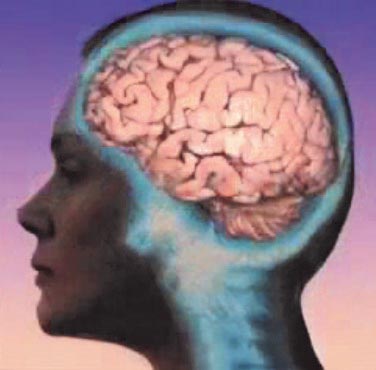Winter, 2015

Neuroplasticity. It’s a combination of words that seems incompatible—neuro referring to nerve cells and plasticity referring to the features of plastic. Neuroplasticity is the natural capacity of brain cells to modify and reorganize themselves, allowing us to learn, change, and adapt. Scientists and physicians often use the term neuroplasticity to describe the process by which nerve cells “re-wire” after injury or damage.
Neuroplasticity is an important avenue of research in dystonias, particularly those that affect the hands such as musician’s dystonia or writing dystonia. Some evidence indicates that these dystonias are caused by abnormal brain plasticity induced by the intensive training required to develop technical precision and skill. Experts suggest that abnormal neuroplasticity occurs along with mild sensory changes that may be perceived as a “strange feeling” of pain, discomfort, or underlying movement.
Several rehabilitation treatments attempt to harness the power of neuroplasticity to change the motor patterns and disrupt hand dystonias. One of these treatments is called constraint-induced movement therapy. This treatment was originally developed to help people with brain damage caused by a stroke or injury regain the use of an injured body part. With constraint-induced movement therapy, the unaffected body part (usually hand or arm) is restrained so that the person cannot use it, and is instead forced to move the injured side. A similar strategy has been studied for hand dystonias. In fact, research suggests that other treatments for dystonia such as botulinum toxin injections and deep brain stimulation may help induce neuroplasticity.
Currently, it is unclear why over-training of fine motor movements leads to localized, or focal, dystonia in some people but not others. Researchers are trying to determine whether the answer lies in faulty interactions between neuroplasticity and sensation. The extent to which neuroplasticity contributes to non-hand dystonias such as cervical dystonia and generalized dystonia is not yet known, as these conditions do not result from over-training of movements. Another unknown is the role of abnormalities in a person’s DNA. Some dystonias have been linked to changes in DNA that may or may not be inherited. Are abnormalities in DNA linked to changes in neuroplasticity? How do these factors relate to the sensory symptoms of dystonias? These questions are likely to keep researchers busy as they seek to understand changes in the brain that cause the many different types of dystonias.
This article originally appeared on page 4 of the Winter, 2015 PMDF newsletter.